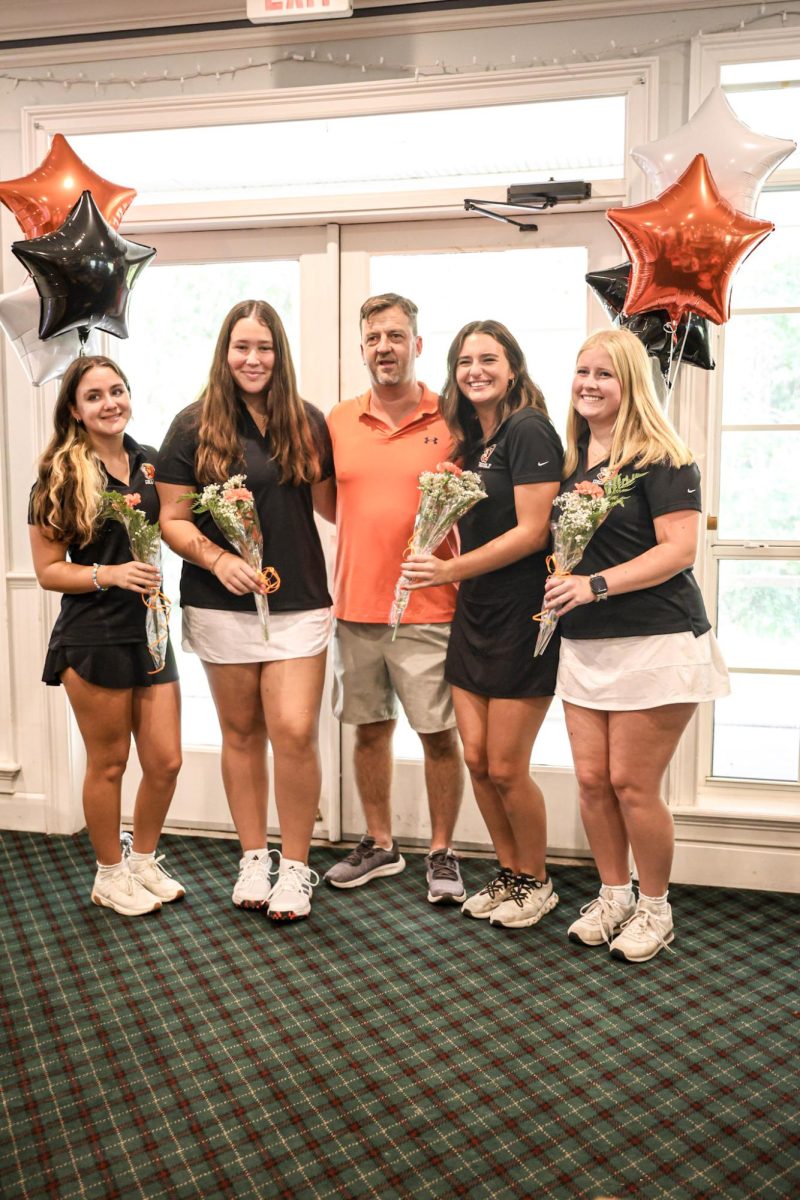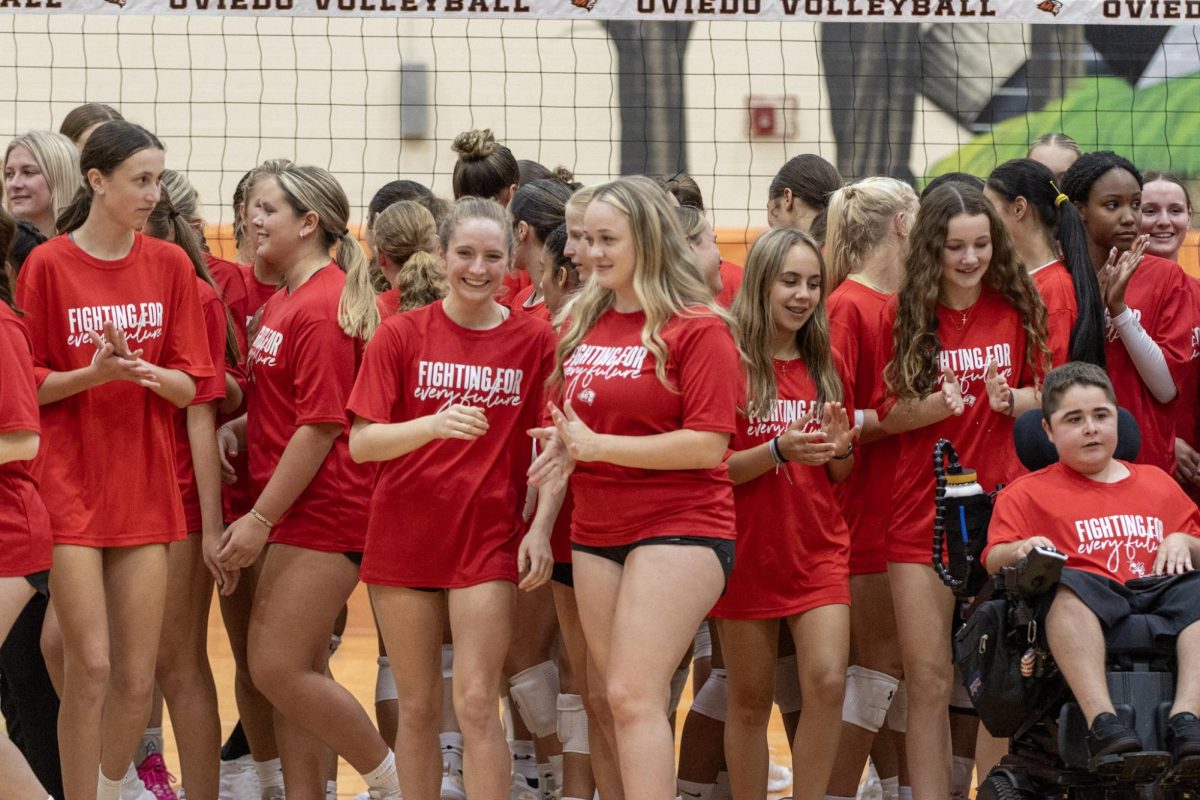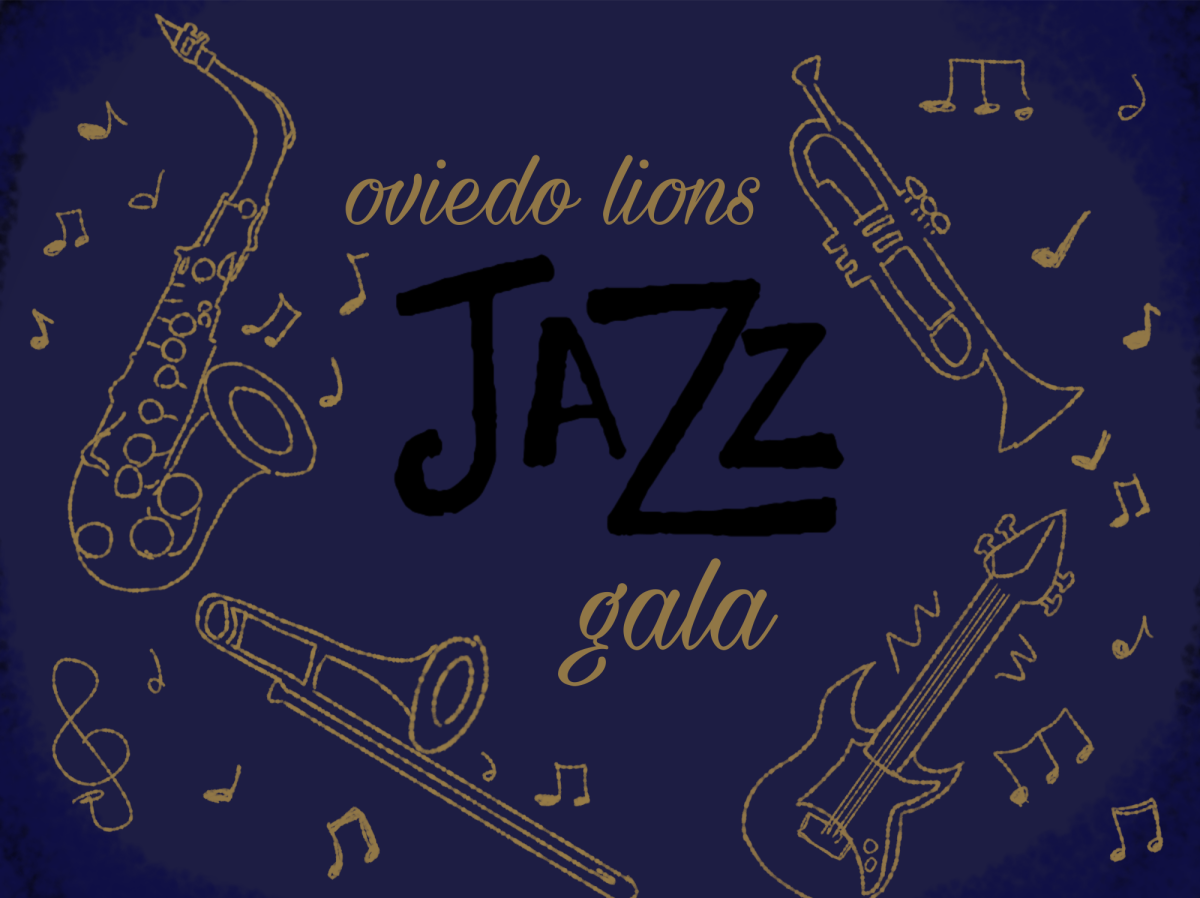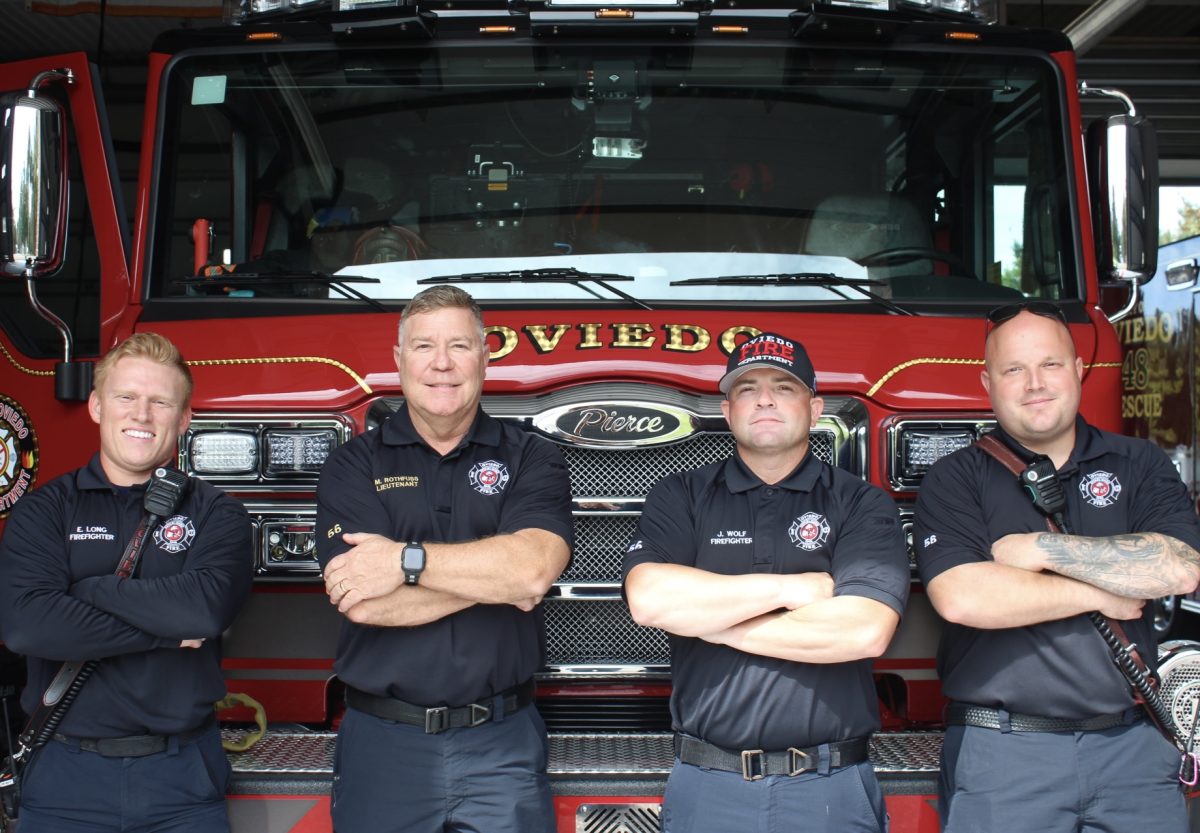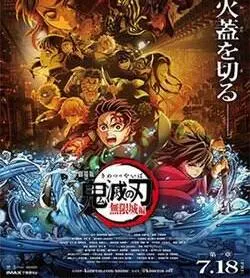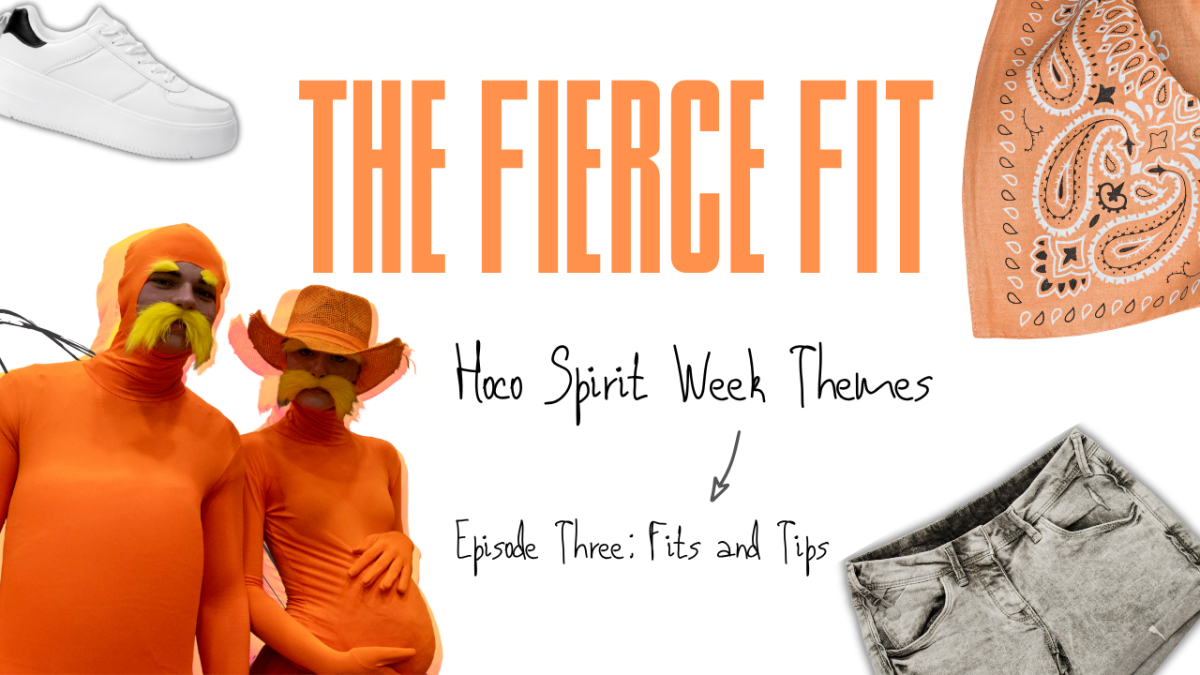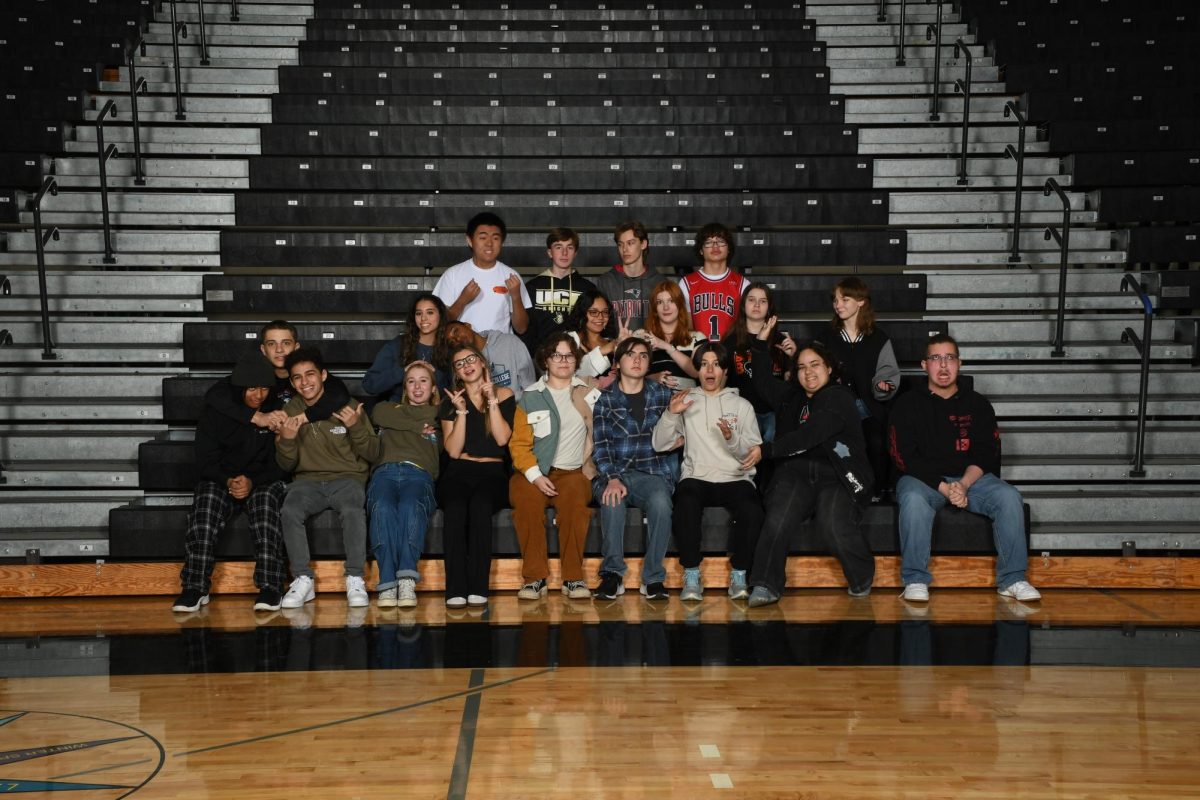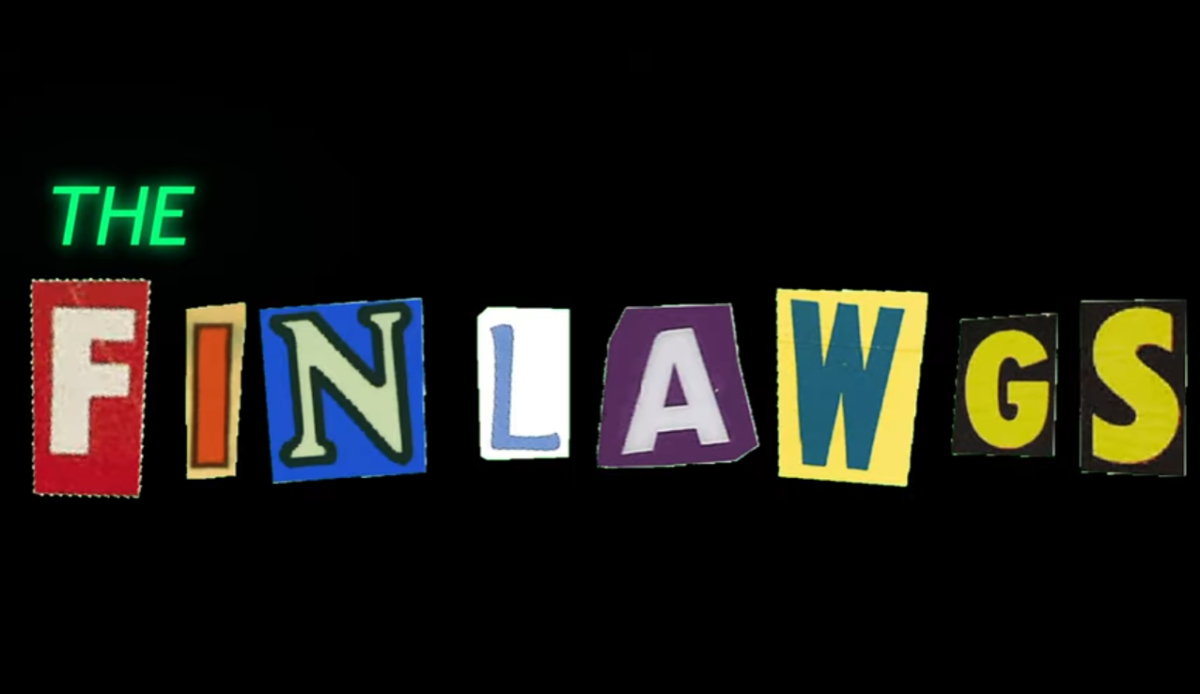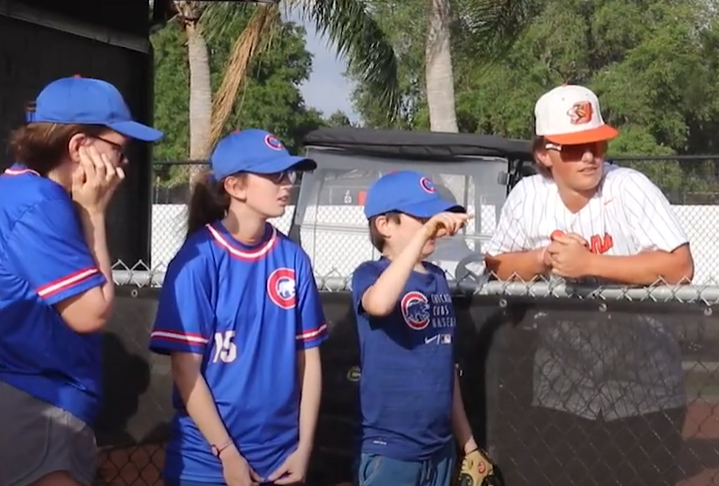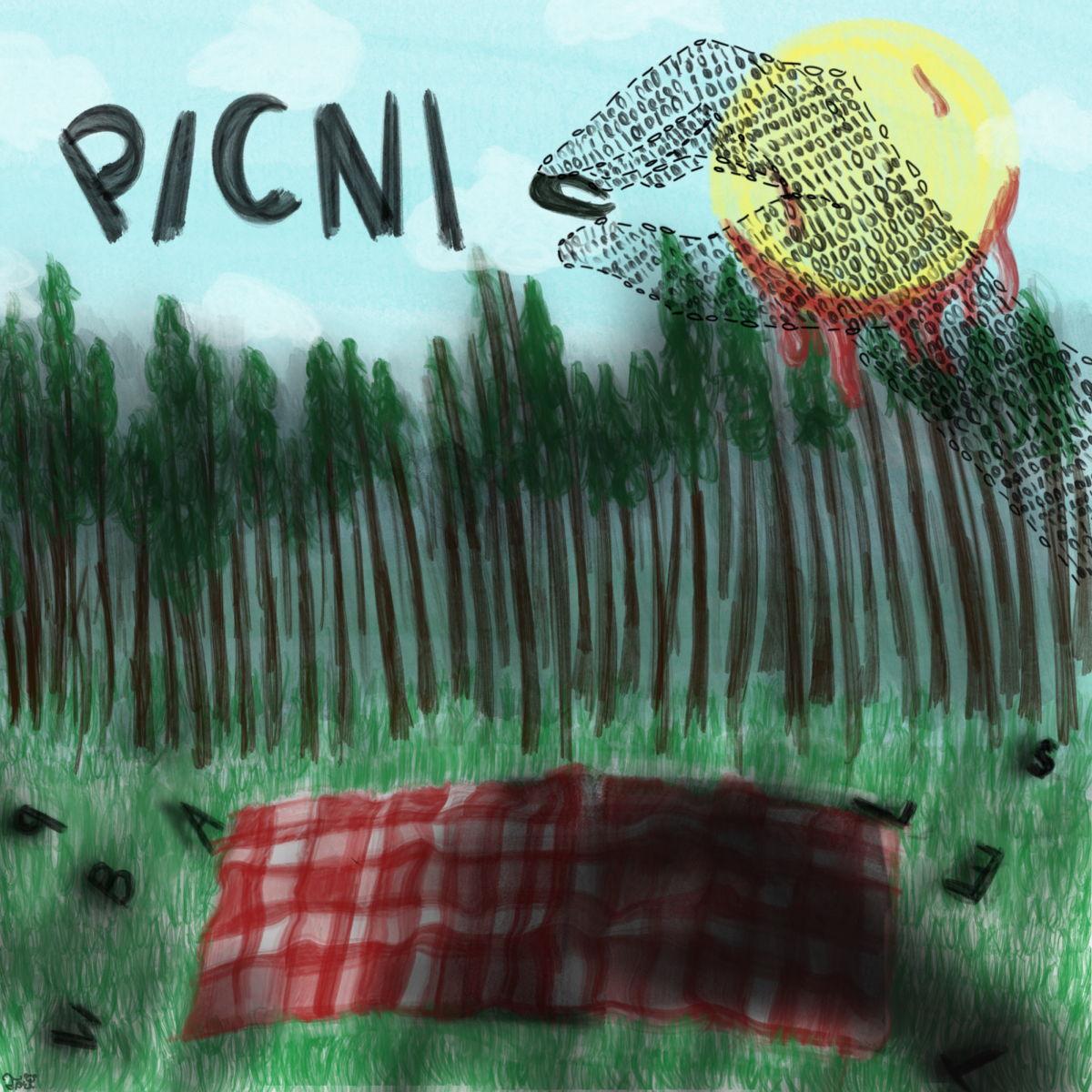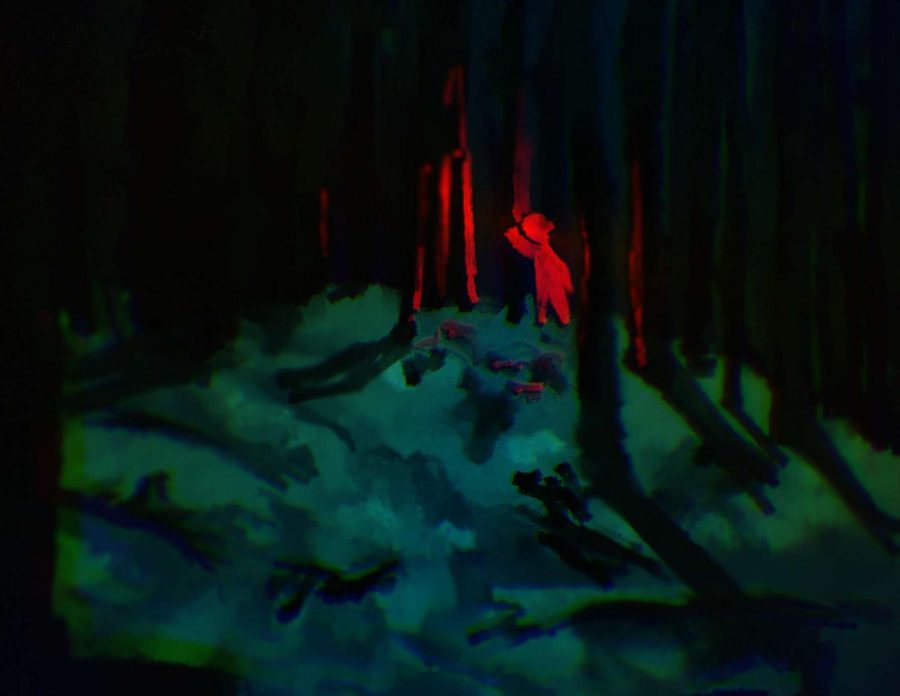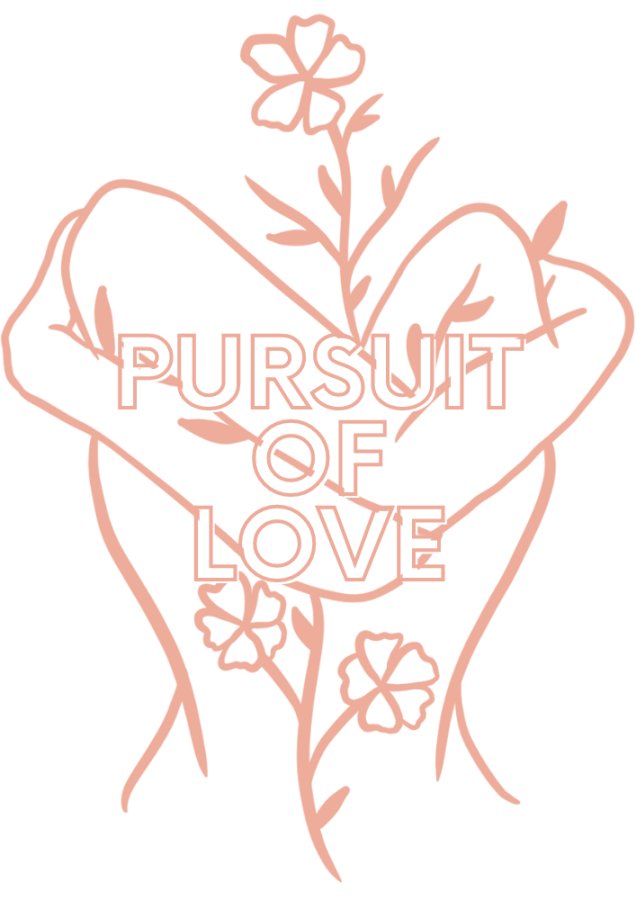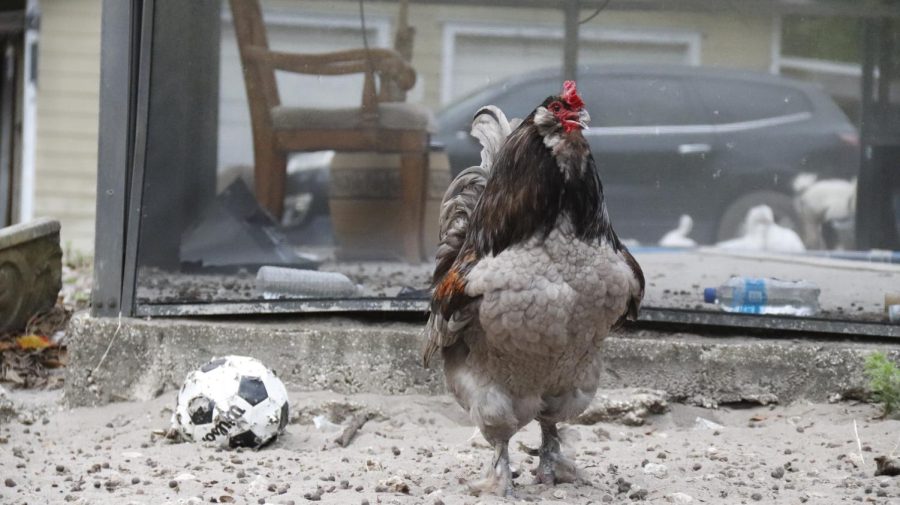Oviedo is rampantly urbanizing
Out with the chickens, in with the tacky apartment buildings.
Clucking happily, “Sweatpants” the chicken roams around the corners of Oviedo.
April 1, 2023
If such a thing as a radical environmentalist avant-garde horror film were to exist, the city of Oviedo would be a worthy candidate for its subject matter. The eerie specter of ruthless gentrification looms over the community, rearing its ugly head in hushed discussions of shopping centers being demolished to make way for endless development.
Despite the endless stream of quirky gift shops and small businesses that proclaim the unique opportunity in Oviedo, this complete overhaul of the city’s character may render it completely indistinguishable from anywhere else in American suburbia.
The sights of cranes, the orange vests of construction workers, and dirt piled onto sidewalks seem to be nigh inescapable. Sprawling apartment complexes seem to be constructed in no time at all, with the glitz and glamor of Ikea light fixtures and brand-new exercise equipment always visible through the windows below.
While the economic invigoration and modernity that these developments bring are promising to many, it begs the question of where this growth stops. For instance, it is unclear if these shiny new apartment complexes will bring equal opportunity to the city, or, as has been seen in many places across America, a steady increase in rent for locals.
It is obvious that large real estate and construction companies are not developing Oviedo out of the goodness of their own hearts; as with most things in America, there is a profit to be pursued. There seems to be a deepening conflict between the longstanding small businesses and institutions in Oviedo and the newest coffee shops.
While coffee shops are obviously not an ontological evil, one must ask what the ramifications of the gentrification and development they serve as a harbinger for are for the working-class community in Oviedo that may not be able to afford any rent increases.
The obvious detriment to rapid urbanization is the displacement of wildlife. Oviedo is representative of the “concrete jungle” metaphor to its most literal conclusion; the city overflows with animals, plants, and other natural structures. Sandhill cranes strut across the streets, bobcats and other dangerous animals are often the subject of panicked neighborhood Facebook posts, and the infamous chickens make themselves known sonically in the downtown area.
However, one should consider what might happen to Oviedo’s biological diversity if the all-consuming beast of urbanization continues to encroach upon habitats and ecosystems. During the aftermath of gentrification, when the real estate companies are satisfied, when Oviedo is nothing but a labyrinth of geometric apartment buildings, where will those celebrated chickens be able to rest?


